SLV LED Spotlight bulbs
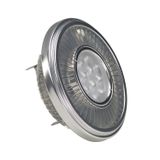
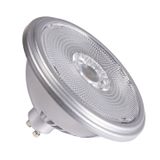
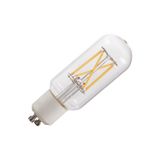
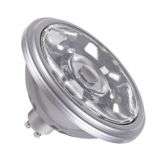

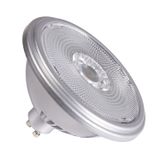
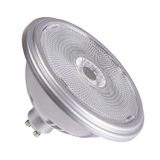
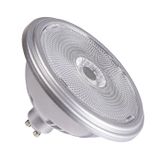
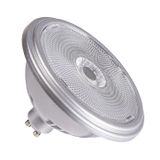
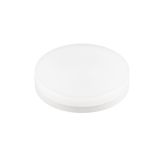
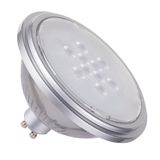
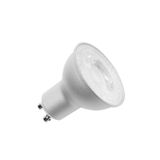
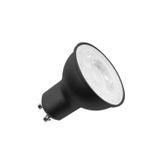


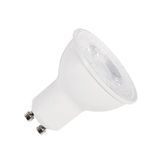
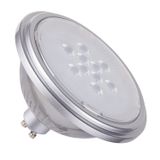



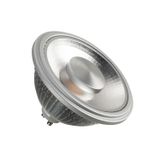

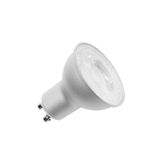
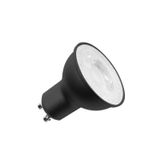

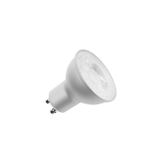
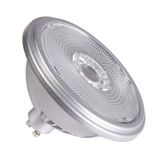

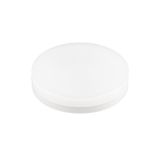
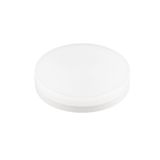
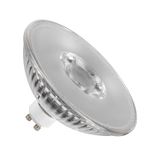
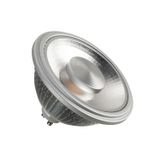
slv led spotlight bulbs overview and use cases
SLV LED spotlights handle everyday accenting in retail, hospitality, galleries, and focused task zones. Socket options cover GU10 and E27 for mains operation, plus GU5.3/MR16 at 12 V where legacy housings remain. Output spans roughly 300–1 200 lm with common beams 10°/15°/24°/36°/60°. Color choices include 2 700 K, 3 000 K, 3 500 K, 4 000 K, and 6 500 K; CRI 80 for back-of-house and CRI 90/95 where color rendering drives sales. Tight binning ≤3 SDCM keeps long ceiling runs visually uniform.
slv led spot lamps range and beam control
The family splits into compact glass-body reflectors for visible fixtures, thermally robust polymer-and-aluminum bodies for enclosed cans, and AR111/G53 types where candela at distance matters. Beam forming is handled by TIR optics or faceted reflectors; specify 10–15° for punch on mannequins and merchandise towers, 24–36° for table lighting and corridor art, and 60° for general wash. For UGR control in offices, select recessed emitters or lamps with integrated anti-glare baffles.
Technical specifications and standards
Mains versions run 220–240 V, 50/60 Hz with power factor typically ≥0.90 and THD in the 10–15 % band at nominal load. Low-voltage MR16 models require compatible electronic transformers; confirm minimum VA and waveform before sign-off. Lumen maintenance is backed by LM-80 source data with TM-21 projections; expect L70/L80 at 25–50k h when Ta is respected. Operating temperature usually −20…+40 °C; Tc points are accessible and should be kept below the marked limit. Flicker metrics meet office targets where specified (PstLM ≤1.0, SVM ≤0.4). Compliance aligns with IEC/EN 62560 for self-ballasted lamps and EMC per EN 55015/EN 61547; dimming variants interface with DALI-2 via external drivers, 1–10 V on dedicated fittings, or phase-cut on GU10/E27.
slv directional lighting bulbs dimming and control
For compact retrofits, trailing-edge dimmers yield quieter acoustics and cleaner low-level behavior than leading-edge units. In grouped retail grids, move control upstream: DALI-2 DT6 drivers feed MR16 or modular heads to synchronize scenes, handle schedules, and give a defined minimum stable level for cleaners and stock teams. Publish inrush and channel counts in the panel schedule—mixing lamps and controlgear without those numbers is how nuisance trips creep in.
Applications and compatibility
Retail: 3 000–3 500 K, CRI 90+, R9>50, 15–24° beams to lift saturation on red fabrics and cosmetics. Hospitality: 2 700–3 000 K with 24–36° for tables and reception islands; wide beams near circulation. Museums: CRI 95 options and low flicker; document peak intensity and distance to object to protect sensitive pieces. Offices: 4 000 K with wider beams and glare-aware trims. When schedules use the shorthand slv indoor spot bulbs, verify socket, thermal space, beam, and control method before freezing substitutions.
Integration with SLV systems
Lamps drop into SLV downlights, adjustable gimbals, tracks with lampholder heads, and select pendants with reflector optics. For suspended lines, pair with the SLV suspension kit so load paths and anchors are documented. MR16 runs should be matched to SLV transformers with adequate headroom and the correct minimum-load behavior. Feature ceilings often combine spots with linear effects from SLV light ribbon hose strip; keep drivers on one protocol so commissioning stays predictable.
slv accent spotlights layout and aiming practice
Keep a 1.5–2.0:1 target-to-ambient ratio on merchandise walls; shift to 3:1 where feature color must pop. Start beams at 30–35° vertical aiming to reduce glare and shadow elongation; maintain consistent beam-to-beam overlap on long aisles. For window vitrines, specify narrow beams with high candela so backdrops don’t wash out. Where ceiling heights vary, order two lumen nodes across the floorplate to hold illuminance without over-dimming.
Selection criteria for B2B clients
Begin with the task: target lux and contrast, then pick beam and CCT/CRI. Check thermal room in cans and the lamp’s Tc limit—tight voids demand lower wattage or vented trims. Confirm dimming family early and keep channels homogeneous; phase-cut on retrofits, DALI-2 where a backbone exists. For 12 V circuits, validate the transformer’s load window; undershoot minimum VA and you risk no-start or shimmer. On energy budgets, aim for ≥95–115 lm/W where the visual brief allows; that is where slv energy efficient led spots deliver savings without changing the ceiling pattern. Document emergency strategy if spots are part of the baseline lux.
Advantages of working with Bankoflamps
We map sockets, beams, lumen nodes, drivers, frames, and suspension to your room data sheets and single-lines, then show live EU stock by warehouse before night access is booked. Quotes typically land in about an hour and include EAN/MPN, photometry, Tc limits, PF/THD, inrush, and dimming notes so engineering doesn’t drift mid-phase. Orders go in by manufacturer code with downloadable, always-current price lists and validity windows. You’ll see lead-time tracking, order status, and purchase-history analytics in your portal; trusted clients can use post-payment up to 30 days. We consolidate by line and zone to trim freight and site sorting, and we actively support France, the Baltics, Germany, Spain, Italy, Belgium, and the Netherlands.